Bigger and better: development trends of modern MLRS
Recent developments in rocket launchers and guided missiles were initiated by the U.S. Department of Defense, which called the Long-Range Precision Fires (LRPF) program the highest priority on its list of critical systems. For example, the Fletcher launcher with laser-guided missiles, which was designed to be installed on the most maneuverable platforms, should now be further developed in response to requests from the UK and US Defense Ministries to increase firepower - a feature that is becoming increasingly valuable as the military is preparing for war with an almost equal rival.
Eastern Europe also pays great attention to such systems. Poland recently signed a contract for the supply of HIMARS (High Mobility Artillery Rocket System) multiple launch rocket systems, BM-21 Berest was developed in Ukraine, and Russian state-owned enterprises received government support for the production of Tornado-G and Tornado-S MLRS platforms. that will replace obsolete Soviet systems. However, in the countries of the Middle East and North Africa, there remains a demand for smaller mobile missile systems, which reflects the counterinsurgency and urban nature of the hostilities that the UAE and other countries in the region are currently engaged in.
Tactical launch
Lockheed Martin's MLNX HIMARS MLRS continues to be in service with the United States and its allies. A platform tested in real conditions should remain in service with the U.S. military until it is decommissioned in 142. Nevertheless, for this system, the development of various types of missiles is under way, from unguided missiles to guided ones. Lockheed Martin and Raytheon are currently vying for the right to develop rockets for launch from the MLRS (Multiple Launch Rocket System) and HIMARS platforms as part of the LRPF high-precision fire systems development program.
The M142 HIMARS wheeled MLRS is a lighter and more mobile alternative to the M270 MLRS platform and is therefore equipped with quick reaction forces. The system consists of a rotary launcher mounted on the all-terrain vehicle chassis FMTV (Family of Medium Tactical Vehicle) 6x6. The HIMARS platform, as a rule, carries one launch container, into which six unguided missiles or one tactical missile MGM-140 ATACMS (Army Tactical Missile System) can be loaded. In addition to the ability to launch ATACMS missiles, the M142 system can fire guided GMLRS (Guided Multiple Launch Rocket System) missiles.
At the moment, more than 400 HIMARS launchers have been delivered to the U.S. Army. Marine Corps and foreign customers, including Jordan, Singapore and the UAE, also these systems were used in military operations in Afghanistan.
As part of the U.S. Army’s Precision Strike Missile (PrSM) missile replacement program (ATACMS), Lockheed Martin and Raytheon are developing a new system that will have a minimum threshold range of 400 km compared to the current 300 km. The proposed solutions, so needed by the US military, should be able to direct and destroy or disrupt enemy systems of access / blocking the zone in order to allow the combined forces freedom of maneuver and action.
Lockheed Martin and Raytheon are developing PRsM and DeepStrike rockets respectively. Both systems will include two missiles per container and advanced guidance systems. They have a target range of 499 km, which would meet the requirements of the Treaty on medium and short-range missiles (less than 500 km, but at present these numbers are no longer relevant for well-known reasons).
Raytheon, working closely with the U.S. Department of Defense, announced last October that it had integrated its launch container into the M142 HIMARS and M270 MLRS platforms. Mr. Patterson from this company said that in the 2018 year “physical, functional and operational characteristics” were tested, and the mechanical interface between the container, the missile and the launcher was tested. Raytheon is currently preparing for the test launches at the White Sands training ground later this year. Integration with the fire control system, engineers, according to Patterson, "are doing right now."
At the same training ground this fall, tests of the PrSM rocket will also be held. The representative of Lockheed Martin added that the company currently intends to finalize the design of this missile in the process of factory tests.
Defeat distance
Obviously, the demand for more intelligent missiles with a significantly larger range is growing. Although at this stage, apparently, changes in launchers or chassis are not expected. However, in the future such developments are not completely excluded, especially in connection with the withdrawal of the 2019 year from the INF Treaty in August, which imposed restrictions on the range of medium and short-range missiles.
Discussing the compromise between capabilities and mass-dimensional and energy-consuming characteristics. Patterson noted: “There are restrictions on the weight and volume of the launcher, which imposes certain restrictions on the size of the target load. It is very important that the army participate in this. ”
Lockheed Martin is also in the process of upgrading its current ATACMS missiles for the U.S. Army through an extension program. “We strive, in fact, to use everything that is currently in this rocket in order to increase its range,” explained the development manager of the GMLRS project. “We will move on to a rocket with tail control surfaces that will be launched from the same launcher, while maneuverability will improve.” We will slightly increase the size and put a larger engine. " In addition, Lockheed Martin will take over the production of the FMTV chassis. Although the platform will remain the same, the next 100 trucks will be manufactured by Lockheed from scratch.
In addition to new launchers with smarter guided missiles and longer-range unguided missiles, some countries also seek to stockpile obsolete systems. In Europe, many military men do not abandon the old Soviet heritage, which indicates that the old borders of the Cold War were redrawn for the first time since the fall of the Iron Curtain in 1989.
Following Congress approval in January 2019, the Polish Ministry of Defense announced the purchase of the 24 MLRS M142 HIMARS. The 414 Million Foreign Military Sales Program, known in Poland as HOMAR, was approved in November 2018 of the year.
The contract for HIMARS systems also includes the purchase of 36 missiles with a unitary warhead GMLRS M31, 9 alternative warheads GMLRS M30A1, 30 tactical missiles Army Tactical Missile System M57 Unitary, 24 automated fire control systems for artillery units Advanced FieldX tactical Advanced Field Artillery Advanced Field Artillery Advanced Artillery systems Pod Assembly M20A68 and all-terrain armored vehicles M2A1151.
HIMARS purchases are part of the program for the development of the Polish armed forces for the 2017-2026 years, which was released in November 2018. In accordance with it, the Polish Ministry of Defense will develop a network of long-range artillery systems with special emphasis on regiments deployed on the border with the Kaliningrad region.
“We plan to increase our firing capabilities, especially when it comes to accurately hitting targets at ranges of the order of 300 km,” the representative of the Polish Ministry of Defense noted, adding that weapons must be adapted to the modern battlefield.
The US government announced in September 2018 that it would purchase another 24 HIMARS launchers and related equipment worth $ 289 million. Systems should be delivered by 2022 year.
Dawn in the East
Ukraine also set about expanding the capabilities of its artillery after the end of the military operations in February 2015 in February against the Russian-backed separatist movement. However, it is clear that to date, the Ukrainian government is not relaxing, as it invests heavily in modernization programs for military equipment.
In October 2018, the state-owned enterprise Ukroboronprom announced that it had developed the new 122-mm MLRS BM-21UM Berest, which will replace the Soviet-made 122-mm MLRS BM-21 Grad currently in service with the Ukrainian army.
The new MLRS, mounted on the chassis of a KrAZ 4x4 off-road truck, is distinguished by greater firepower, increased accuracy, improved mobility, as well as new digital control and guidance systems, which made it possible to reduce the preparation time for firing. It is capable of firing 50 missiles and can receive real-time accurate enemy positions from its networked drone, counter-battery radar and other reconnaissance and surveillance systems.
Like the FMTV 6x6 chassis. on which the HIMARS MLRS is based, this platform has wide wheels and a tire pressure regulation system for cross-country driving. On a machine capable of speeds exceeding 90 km / h, two fuel tanks of 165 liters are placed, allowing you to have a power reserve of up to 600 km.
Ukraine also began mass production of the new 300-mm Wilha guided missile to replace the obsolete 9K58 Smerch. First deliveries are expected to begin mid-year on 2019. There are two versions of a rocket weighing 800 kg: the first is equipped with a warhead weighing 250 kg and has a range of 70 kg; and the second is equipped with a warhead weighing 170 kg and has a range of 120 km. Each of the 12 missiles can be aimed at its own target. The Vilha is also equipped with an inertial / satellite guidance kit that can use GPS and GLONASS satellite navigation systems.
Given the pace of development of new missiles, in which considerable funds are being invested (the Minister of Defense of Ukraine promised to allocate 150 million dollars for the purchase of a new weapons system), it will not take long to wait for the replacement of the Smerch MLRS.
Meanwhile, the Russian NPO Splav, a subsidiary of Rostec, developed missile systems on the Tornado-G and Tornado-S automobile chassis for the Russian Ministry of Defense in order to replace the outdated Smerch and Grad systems, respectively. MLRS "Tornado-S" developed and manufactured in Russia and is an upgrade of the system "Smerch". The new fire control system is equipped with satellite navigation, and the new computer system allows you to quickly open more accurate fire. Also, a new communication channel is integrated into the platform for exchanging information about targets with a control center.
Tornado-S will fire with all types of missiles currently available in the Smerch MLRS arsenal, plus the new 9M542 guided missile. The 9M542 missile with a range of 40-120 km is equipped with a high-explosive fragmentation warhead weighing 150 kg.
The Tornado-G MLRS with 40 rails, first shown in the 2007 year, is equipped with an updated communication system and digital control system. It can be integrated with the Orlan BAK for reconnaissance, guidance and fire adjustment with the ability to automatically launch a missile at a target. According to Rostec, the Tornado-G fires 122-mm unguided rockets with a detonating high-explosive fragmentation warhead.
In February 2019, motorized rifles from Samara received the 15 MLRS Tornado-G. At this stage, it is expected that the production of variants of the Tornado family will last until the 2027 of the year.
More mobility
Despite the trend of increasing market share of larger missiles with greater range, the demand for smaller missiles and launchers with better mobility is quite stable in the world.
Arnold Defense’s Fletcher system, in particular, stands out among western HIMARS MLRSs and offers from state-owned companies in eastern states; The 70 mm four-tube launcher is available in various configurations and can be installed on various machines. The system was recently shown at the IDEX 2019 exhibition in the UAE, as conflicts in the region continue to determine the operational theater and the need for such systems.
At IDEX, the Fletcher system was featured on a local Nimr Ajban Long Range Special Operations Vehicle. The platform has a payload capacity of 3000 kg and has a top speed of 110 km / h. “The integration decision was made in accordance with our goal of providing the fighter with high-precision long-range fire, staffing even for the smallest combat unit,” a representative of Arnold Defense said.
This is not the first time that the Fletcher complex has been installed on a light tactical vehicle. To date, the system was installed on the MATV (All-Terrain Vehicle) armored car, the MRAP category, the ultra-light tactical Dagor and the Polaris Defense family of MRZR vehicles. All these machines have been specially configured for difficult terrain and special operations.
The representative of the company Polaris Government and Defense pointed to the mobility and constructive flexibility of the Dagor and MRZR platforms, which allows them to be used as a base for the Fletcher complex and thereby expand its scope.
This is not the first time Nimr has presented its platform for small missile systems. At Raytheon's IDEX 2015, the Talon system was featured on the NIMR 6x6 platform (Hafeet 620A) as a concept. Although this particular combination was never sold to anyone, the continued presence of this type of equipment at large arms exhibitions in the region suggests that the demand for them is high.
A Nimr spokesman also confirmed that the company had deployed its vehicles with other short-range missile systems, although it refused to provide details.
The region of the Middle East and North Africa, of course, determines such demand, and in this regard, Patterson believes that the geopolitical situation here does not contribute to a drop in demand for small rocket launchers. “There are definitely many different systems available on the market, and industry can always help with that.”
At this stage, the customers of the Fletcher system are unknown, but it was developed based on the needs of the United States and Great Britain. “As for Fletcher, we do not comment on measures to protect our forces,” the British Ministry of Defense said.
A further direction in the development of the Fletcher system could be its integration into the US container weapons program. Arnold Defense confirmed that they are working closely with a group of its developers.
Unmanned platforms can also provide certain capabilities. “We work and are negotiating with a number of manufacturers of uninhabited platforms,” said a representative of Arnold Defense. - As for our radar, we are definitely working in this direction. It is a fast-growing market and there are many players in the market. We are already working with several of them and continue to negotiate with several more. "
The development of this system may be affected by the trend of adopting larger systems, in particular the needs of the US Department of Defense. This means that the new version of Fletcher XL may appear in the next year and a half. Most likely, the number of pipes and the payload of missiles will increase. “Our goal is to stay as close to this topic as possible, so we can use everything that we have previously designed.”
Further growth
In the future, the increased range will probably become one of the most important characteristics of future rocket launchers.
- said the representative of Arnold Defense.
Other developments will remain in this changing paradigm as an expanding set of goals leads to "a growing need for a greater variety of unguided and guided missiles and launchers."
Patterson also supports this view:
Much attention is paid to the development of guidance systems such as the Advanced Precision Kill Weapon System of BAE Systems, which is currently a priority laser guidance program. “There may also be a demand for a higher level of modularity of launch systems,” Patterson suggested. No matter which way development takes, the comparative degree seems to be winning - more, further, smarter.
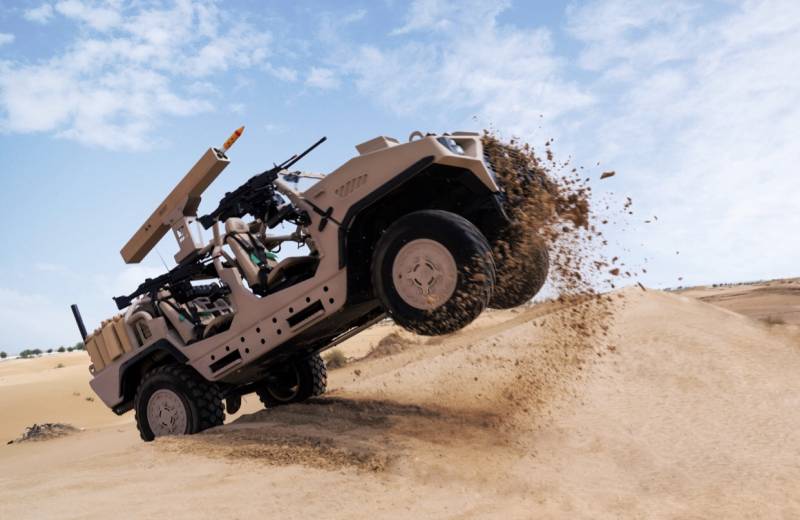
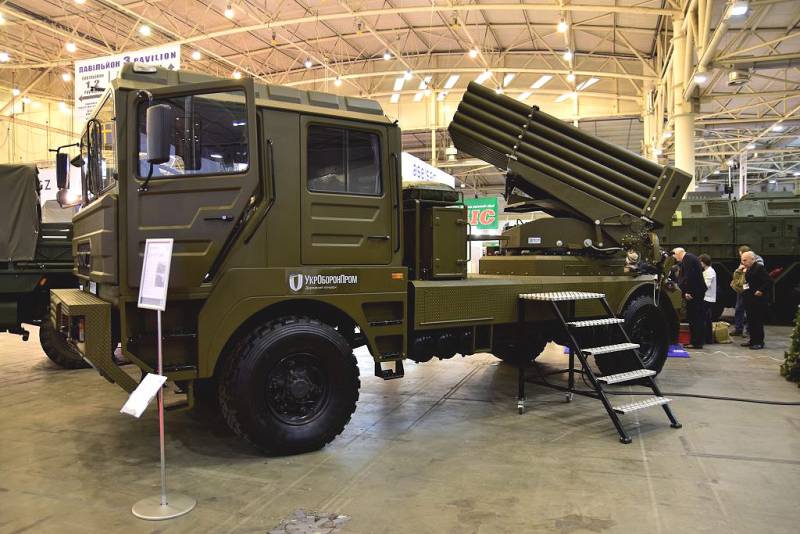
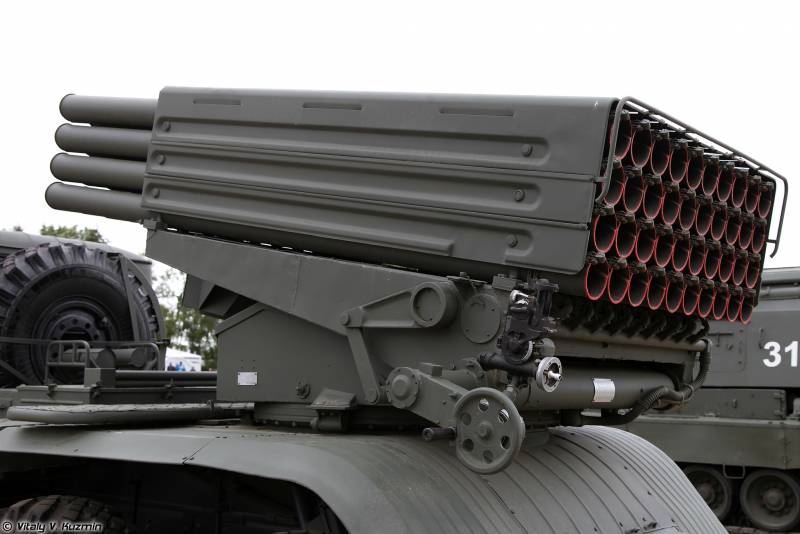
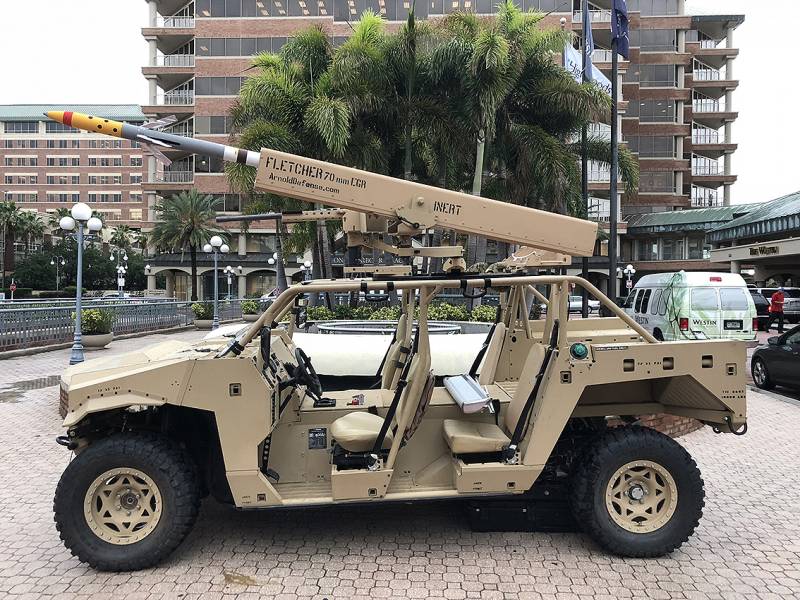
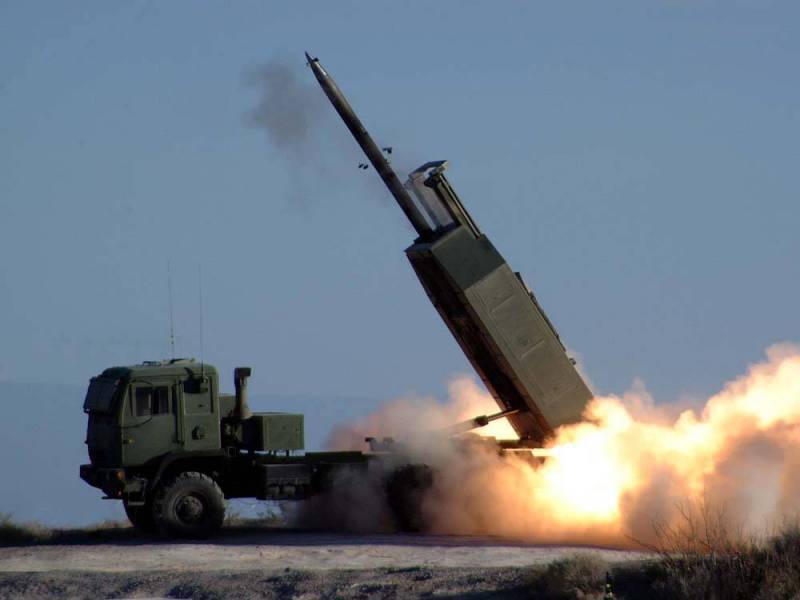
Information